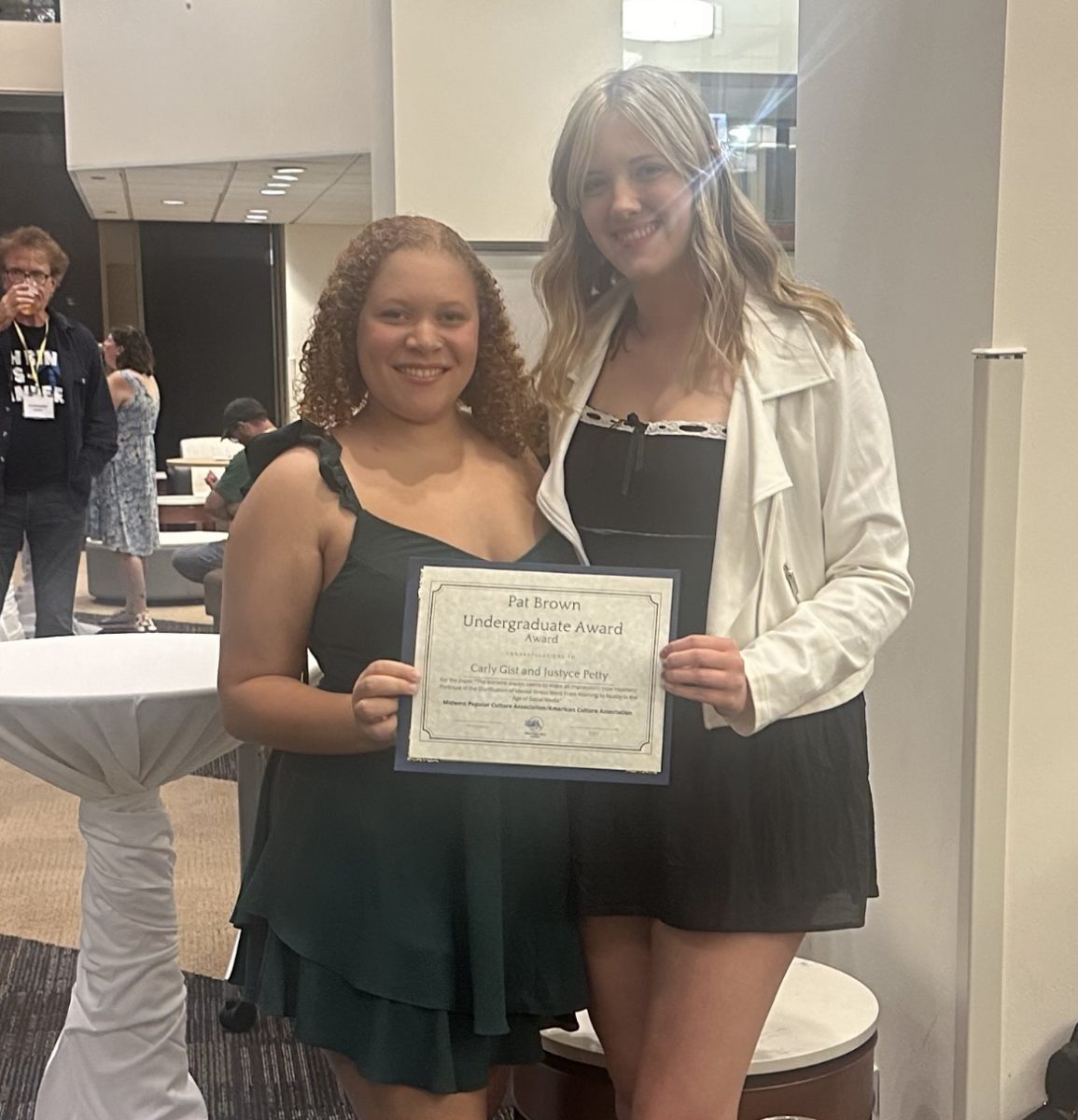Soak up the sun
June 12, 2002
The heated issue of tanning
Young people must be cautious about exposure to UVA and UVB rays.
The summer semester is underway, but while SIU students may be striving for good grades, some also may be striving for the perfect tan.
Advertisement
Casey Deaton, a senior in English, regularly uses a tanning bed to get a little browner. But if she isn’t able to use a tanning bed, she may lie out in the sun.
“It’s summer time, and I do like to have a little color to look healthy,” Deaton said.
College students are regular patrons of tanning beds, according to Dave Lubbs, owner of European Tan.
Lubbs said European Tan, located on 715 S. University Ave., has tanning beds people can use to build a base tan before being exposed to the harmful rays. Besides allowing people to get a healthy tan, Lubbs said people often use his tanning beds to unwind.
“You’ve got the warmth of the bed, the fans are going, you have some good music going on and lotions that people use to speed up their tan with have a nice aroma to them,” Lubbs said. “It’s just very relaxing.”
Tanning facilities such as European Tan serve a broad range of clients, including high school and college students, such as Deaton.
But according to Eugenia Poulos, a local dermatologist and SIU School of Medicine assistant clinical professor, teenagers and young adults put themselves at risk for the most common skin cancers when they use tanning beds.
Advertisement*
“People acquire 80 percent of their total lifetime damage by the time they’re 18 to 20,” Poulos said.
She also said adults older than 20 are only “adding insult to injury” when they continue to tan.
A 2002 study published by the Journal of the National Cancer Institute reported that artificial sunlight increases the risk of skin cancer.
The investigators who conducted the study, Margaret Karagas and colleagues from the Dartmouth and Brown medical schools, indicated participants who used tanning devices were 2.5 times more likely to develop squamous cell carcinoma and 1.5 times more likely to develop basal cell carcinoma than participants who did not use tanning devices.
The American Academy of Dermatology reported that more than 90 percent of all skin cancers occur on parts of the body exposed to the sun. These parts of the body include the face, neck, ears, forearms, chest, back, legs and hands.
According to Poulos, the sun produces ultraviolet rays that reach the earth’s surface. These ultraviolet rays are made up of UVA and UVB rays.
UVB rays cause damage to the surface of the skin, or the epidermis. These rays are direct and result in immediate sunburn.
UVA rays, which make up 93 percent of the sun’s ultraviolet light, cause a deeper burn and result in a bronze coloring or a tan.
“Tanning is our skin’s way to protect us from deep penetration of the rays,” Poulos said. She also said tanning is the body’s attempt to repair damage caused by these rays.
UVA rays reach the deeper dermis layers of the skin and damage collagen. Collagen damage generally results in the hardening of the skin and premature wrinkling.
Poulos said this was the same process that turns the soft kid leather in gloves into the tough cowhide in belts.
“UVA rays are the type used by tanning beds,” Poulos said. “It is not safe at all.”
Poulos also said that UVA rays change the consistency of the skin at the cellular level, just as heat changes the consistency of an egg.
Holly Davis, a sophomore in photography, does not believe people should use tanning beds, but she said tanning is a part of our culture.
“[People] tan without realizing that they’re killing themselves down the road,” Davis said.
Reporter Maureen Johnson can be reached at [email protected].
Advertisement








